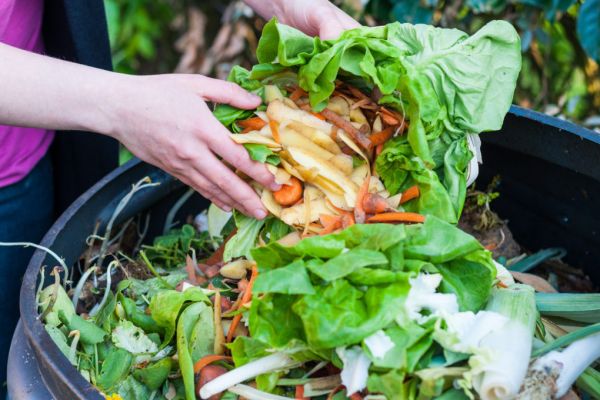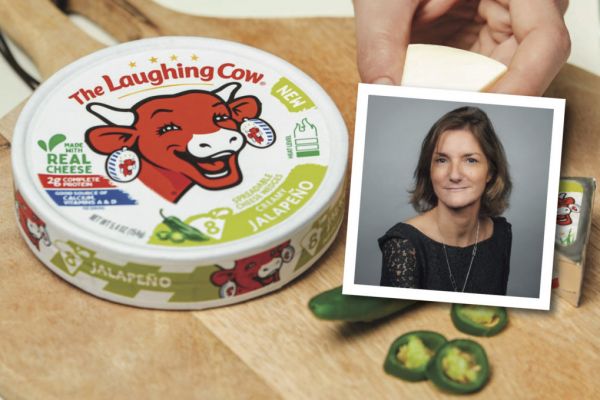Grocery stores lose money daily from wasted food. Expired and good-quality products end up in landfills, making supermarket food waste one of the more prominent contributors to worldwide waste and scarcity issues.
Consumers expect high standards from grocers, such as perfect, unbruised produce or brand-name toiletries with certifications and sustainability promises.
Unpacking grocery stores' relationships with their products and customers reveals numerous areas for improvement, particularly when it comes to environmental issues.
Sources Of Grocery Store Food Waste
Grocery store food waste often comes from in-store mismanagement and supply chain issues outside the food and related products themselves. Packaging is an often overlooked byproduct of food waste, making the FMCG sector a central contributor to the food industry’s 26% of global emissions.
If non-food products are also included, such as toiletries, cleaning products and office supplies, the FMCG could be said to resemble restocking and disposal behaviours like the world’s most wasteful industry — fast fashion.
In 2019, the Center for Biological Diversity commenced productive contributions to food waste discourse by analysing the largest American supermarkets. They examined retailers' food waste reduction promises against their tracking methods, actions and results.
A few stores were public about their commitment and findings. Others are still in development or secretive about how much of their food is going to incineration or dumpsters. These habits signify another source of food waste — corporate shame and lack of transparency.
Another source of waste is poor storage solutions. Inadequate freezers or technology during transportation between vendors in the supply chain could exacerbate the decline of food health. It’s especially critical for meats and fish. Choosing local, ethical fisheries and butchers could mitigate complications by choosing avenues closer to home.
The Consumer Food Mindset
Grocery stores have habits to change, but so do customers. UK citizens discard 9.5 million tonnes of food, while 8.4 million people live in poverty. Agricultural industries already struggle to meet consumer food needs, and pressuring farmers to use potentially unethical or toxic methods to grow food faster abuses soil and habitat health alongside harming human health.
Many customers know edible food is going to waste, which is why the 'dumpster diving' trend becomes popular during economic crises and severe bouts of inflation.
Some divers have shared their results, going viral on social media with the hauls they get that could feed entire communities – consider, for example, a 16-pound frozen turkey that retails for £49 being completely free.
While some shoppers want to take advantage of grocery store food waste, others are more particular. You’re less likely to pick a tomato that’s an odd shape — it’s harder to dice, and the weird presentation makes you question how it was grown.
In reality, these food products still have a few days, if not longer, to get sold — usually at a markdown. Customers wanting to make a meal involving those ingredients could salvage these items for use instead of being turned away by their appearance or shelf life.
Current Suggestions For Improvement
Every sector is leveraging data-driven decision-making, and the food industry could do the same to improve efficiency and become more sustainable. Sensors could detect everything from off milk to the slightest defaults in packaging that could expedite food oxidation.
There are no regulations or compliances to force grocers to track food loss or require shelf life testing, but it would make the numbers tangible. Despite high-pressure suggestion for U.S. supermarkets to achieve zero-food-waste by 2025, this is not strictly enforced. The numbers would show stores how much money they lose daily, compounding yearly.
Another solution is finding a home for imperfect food buyers are less likely to purchase. For example, some stores created displays in their produce sections for almost-expired foods — sometimes, the industry calls them 'wonky' or 'ugly' food.
These could include brown bananas or other foods with slight discolouration. Imagine a pile of delicious carrots and potatoes, and the only problem is a few protrusions. When 25% of apples and 13% of onions go to waste because of cosmetic flaws, grocery stores must proudly display this food.
The United States recommends following the EPA-approved Food Recovery Hierarchy, which prioritises food waste reduction in this order: Source reduction; Feed hungry people; Feed animals; Industrial uses; Composting; Landfill or incineration.
Grocery stores could also instate storewide composting programmes for eligible food products. They could redistribute food waste to local agricultural services to feed animals, support community gardens or bolster other nonprofits needing composting materials if they don’t want to create the compost themselves.
Additionally, stores could work with organisations like Feeding America or FareShare to rehome food to fight hunger. Food also works as biofuel for industrial uses, providing an alternative energy source cleaner than fossil fuels.
Reducing Grocery Food Waste Alongside Demand
Grocery stores have a once-in-a-lifetime opportunity to find a solution for sustainable shelf-stocking while meeting the ever-growing demand of shoppers. Advocating for food waste standardisation can curb food waste while companies work on internal operational adjustments.
Using government-provided recommendations and participating in research and development allow a grocer to become a sector sustainability leader.
© 2023 European Supermarket Magazine – your source for the latest supply chain news. Article by Emily Newton, Revolutionized. Click subscribe to sign up to ESM: European Supermarket Magazine.














